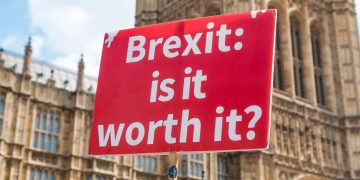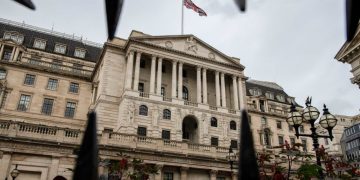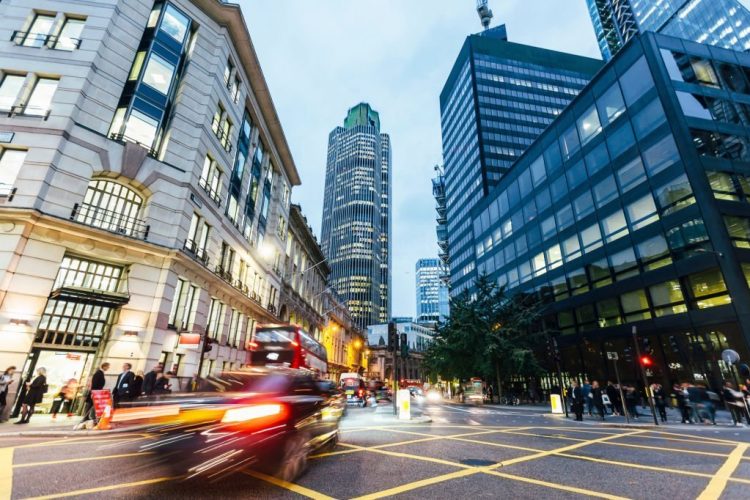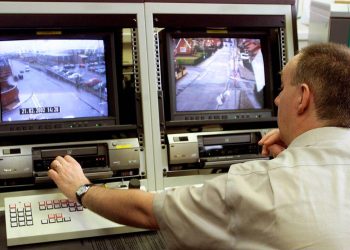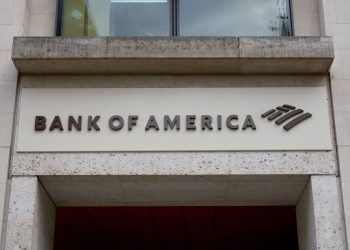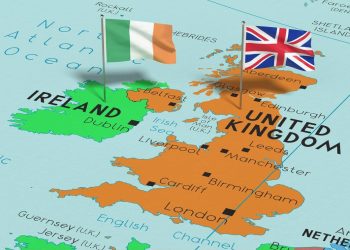How has the UK economy been doing in recent months?
What is the GDP of the UK?
How is UK’s economic performance against Russia evaluated?
What do the predictions about the UK unemployment rate in the next two years indicate?
In its latest forecast of the country’s economic conditions for the coming years, the Confederation of British Industry (CBI) painted a gloomy outlook for long-term growth. Britain’s economy is on course to shrink 0.4% next year as inflation remains high and companies put investment on hold, with negative implications for longer-term growth.
British economy in a deflationary state
The UK economic outlook is worrying. CBI Director-General Tony Danker said: Britain is in stagflation – with rocketing inflation, negative growth, falling productivity and business investment. Firms see potential growth opportunities, but … headwinds are causing them to pause investing in 2023. Danker also warned: “We will see a lost decade of growth if action isn’t taken. GDP is a simple multiplier of two factors: people and their productivity. But we don’t have the people we need, nor the productivity.”
The significant decline in UK GDP
The sharp decline in the UK’s GDP has made the UK economic outlook negative. Accordingly, the CBI’s latest forecast shows a sharp drop compared to its previous forecast in June. This organization estimated a one percent growth for the British economy next year in June. However, it did not expect this country’s gross domestic product (GDP) to return to the pre-Covid-19 epidemic period before the middle of 2024.
UK’s weakest economic performance against Russia
The UK economic outlook is due to the weak financial performance of the government. The CBI’s new forecast model of the UK economy is in line with the Organization for Economic Co-operation and Development (OECD), which says the UK will have the worst economic performance in Europe next year, behind Russia. This report added that After the start of the conflict between Russia and Ukraine, the increase in the price of natural gas, as well as the partial improvement of the labour market conditions in the post-Covid-19 period, along with the weakness in the investment and productivity sectors, have severely damaged the UK economy.
UK unemployment rate to rise in the next two years
The UK economic outlook is not evaluated positively due to the increase in the unemployment rate in this country. For late 2023 and early 2024, the Confederation of British Industry predicts an unemployment rate of 5% (from the current 3.6%). The CBI also says: Inflation in the UK, which reached its highest rate in 41 years in October at 11.1%, will slow down to 6.7% next year and finally to 2.9% in 2024.
Predictions about the UK’s economic outlook
In its report, this organization explains that to improve the UK’s economic outlook, it has made proposals to the government, including facilitating the issuance of work visas, ending the ban on the construction of wind turbines on land, and increasing tax incentives for investors. The research conducted in England shows that the cost of living is not in line with inflation, and British consumers cannot cope with the inflation in this country.
The British are trying to provide discounted food.
The supply of discounted food items, including those with an expiration date, is a priority for the British compared to other living expenses. Barclaycard company, The most prominent company producing credit cards in the UK, announced that by checking its debit credit cards available to British consumers. It shows that there was only a 3.9% increase in transactions in November compared to the same period of the previous year.
Worrying about the cost of energy on the family economy
The increase in prices has negatively affected the UK’s economic outlook. This report adds: Some 94% of Britons surveyed by Barclaycard said they were concerned about the impact of soaring household energy bills on their finances. Esme Harwood, director at Barclaycard, told Reuters about this: “Cut-backs are affecting non-essential spending on clothing, department stores and restaurants. Many Brits intend to reduce festive spending on presents and parties to save money.”
The decrease in the volume of British food purchases
Meanwhile, the report added that data from the British Retail Consortium (BRC), which covers only store spending, showed a 4.2 percent annual increase in sales after a 1.6 per cent rise in October, which was only spent on food preparation. Helen Dickinson, chief executive of the BRC, said: “Sales picked up as Black Friday discounting marked the beginning of the festive shopping season. However, sales growth remained far below current inflation, suggesting volumes continued to be down on last year. As the weather began to turn, customers quickly purchased winter warmers, such as coats, hot water bottles, and hooded blankets. Black Friday discounts also boosted home furnishings sales as many households traded big nights out for budget nights in.”
The British want to buy expired food
Last month, Tesco, the UK’s largest supermarket chain, announced that the worsening cost of living crisis in the UK had led to a sharp increase in the number of shoppers looking for food nearing its expiry date. While Reuters reports the mismatch between inflation and the cost of living in the UK, the Confederation of British Business Industry (CBI) drew a gloomy outlook for long-term growth and added that it is on the path of 0.4% compression for next year.
Significant increase in UK government debt
UK’s government debt rose to 13.5 billion pounds ($16 billion) in October due to costly measures to support households and businesses against the energy crisis and spiralling inflation, the Office for National Statistics (ONS) said in a statement. This is up from 9.2 billion pounds ($10.9 billion) recorded in the same period last year and is the fourth-highest figure recorded in October.
The new support program of the UK government
The announcement comes after British authorities launched a support program to cap energy bills first introduced by former prime minister Liz Truss to ease the cost-of-living crisis. According to the ONS, total public sector spending reached £91.2 billion ($108.7 billion) in October, including around £3 billion ($3.5 billion) on support schemes in the wake of the energy crisis, with £1.9 billion ($2.2 billion) on Home energy rebate payments worth £400 ($476) were allocated per household.
The interest rate increase by the Bank of England
UK’s Chancellor of the Exchequer, Jeremy Hunt, stressed that increased borrowing was the right thing to do to support millions of businesses and households, admitting that there is no easy way to balance the country’s accounts. According to the report, after the Bank of England raised interest rates and increased inflation, the UK also felt the impact of higher interest rates on government debt.
OECD forecast of UK inflation
The Organization for Economic Cooperation and Development (OECD) has predicted that the inflation rate will remain at 10% in the coming months due to high energy prices and will reach 2.7% by the end of 2024. The current state of the UK economy is a chronic crisis exacerbated by the country’s exit from the EU. The UK tends to think of itself as a dynamic, free-market place, but its economy lags behind many of the world’s rich nations. A deep hole has taken root in the UK economy and leaving the EU has worsened the situation.
Economists believe that the fear of economic stagnation has now become a reality. The decline in UK manufacturing is the start of a prolonged recession fueled by high inflation, rising energy bills and interest rates. Official data show that economic output in the UK decreased by 0.2% in the third quarter of this year. But this is the first decline in GDP since the beginning of 2021. The UK economy is much smaller than before the corona crisis. UK is the only member country of the G-7 that has not been able to get out of the recession of the Covid-19 era entirely, and its economy is much smaller than in the past three years. The UK economic outlook is alarming.

